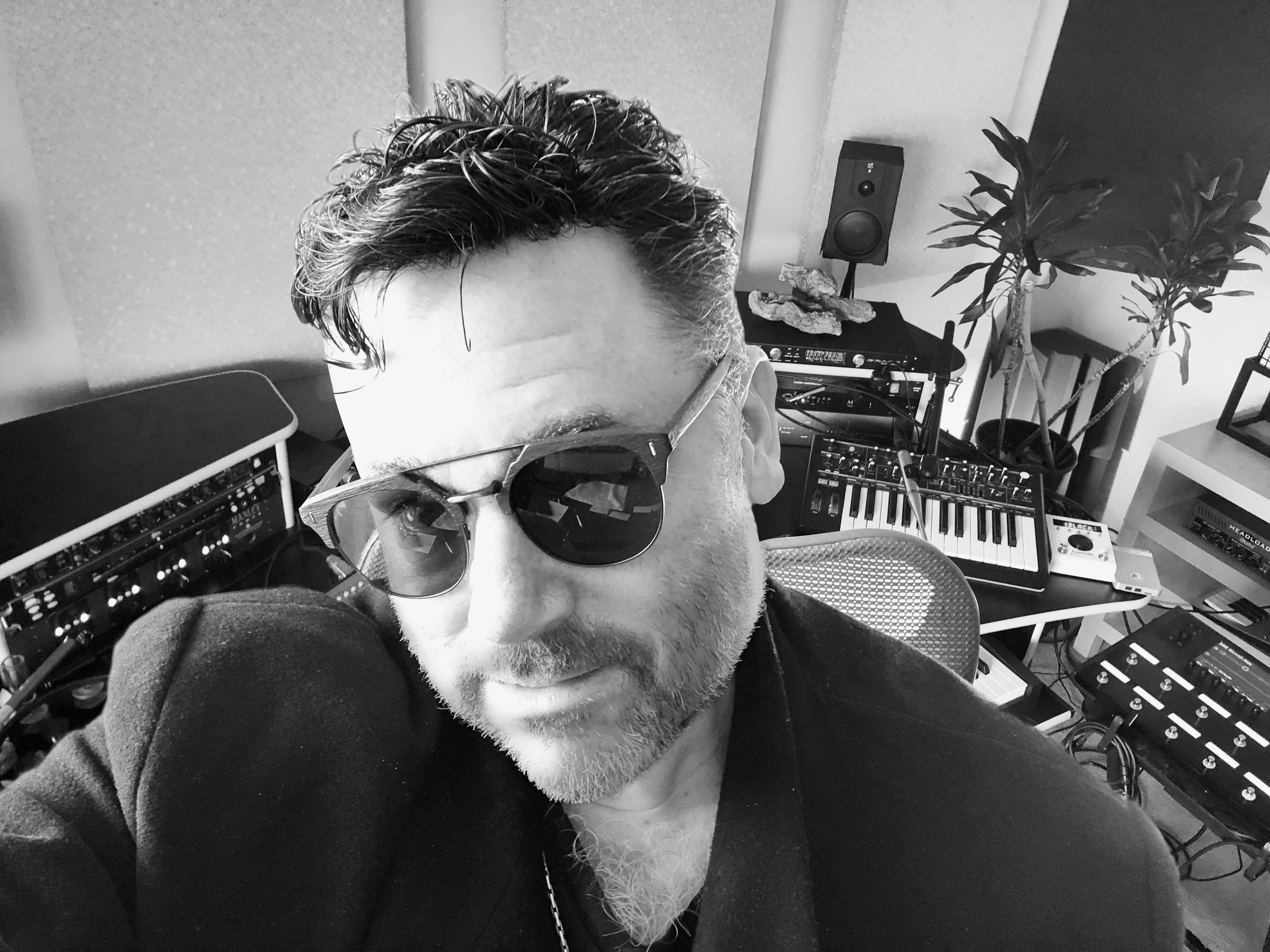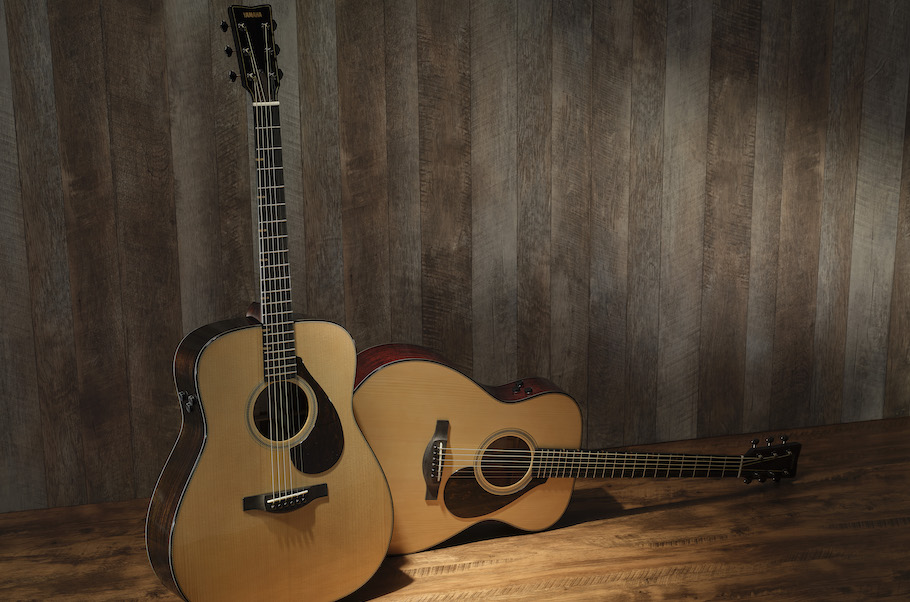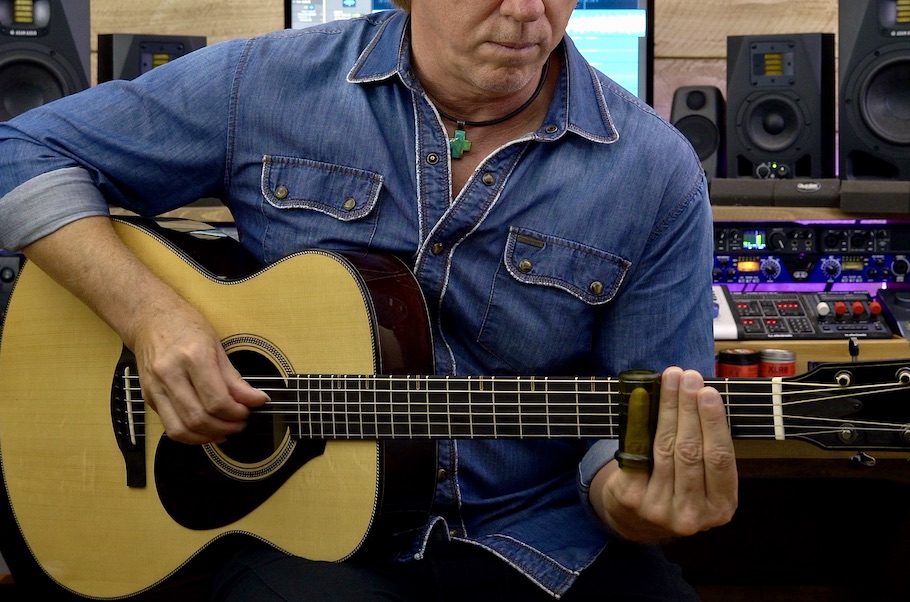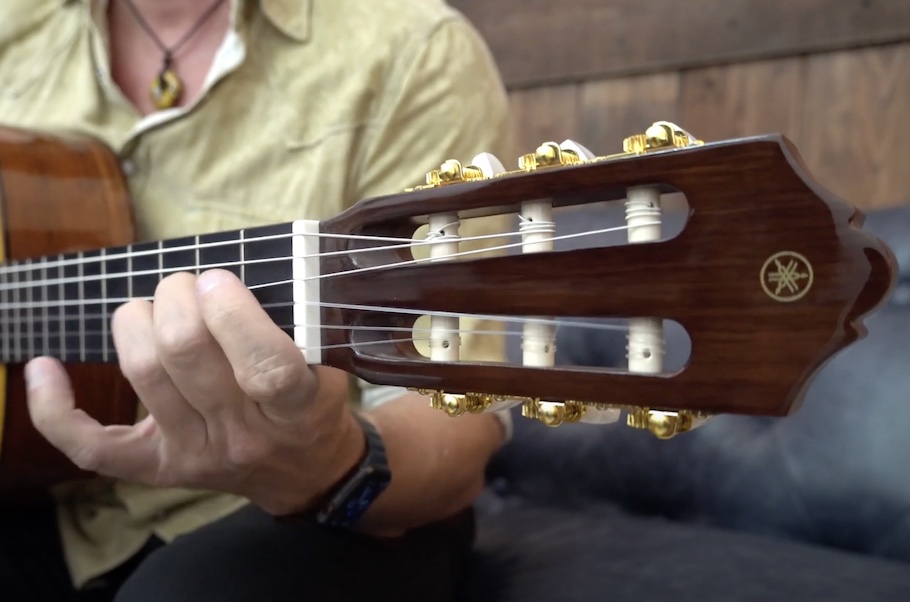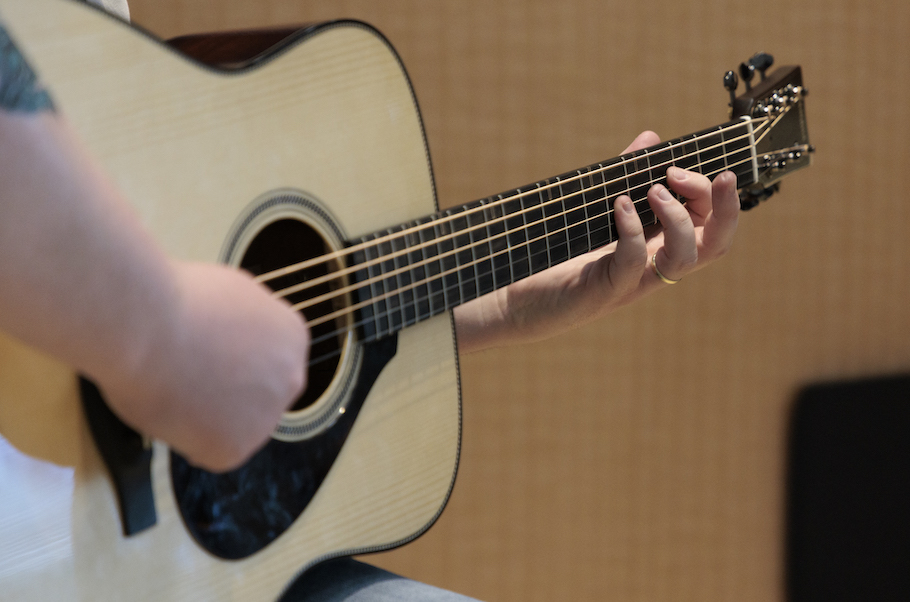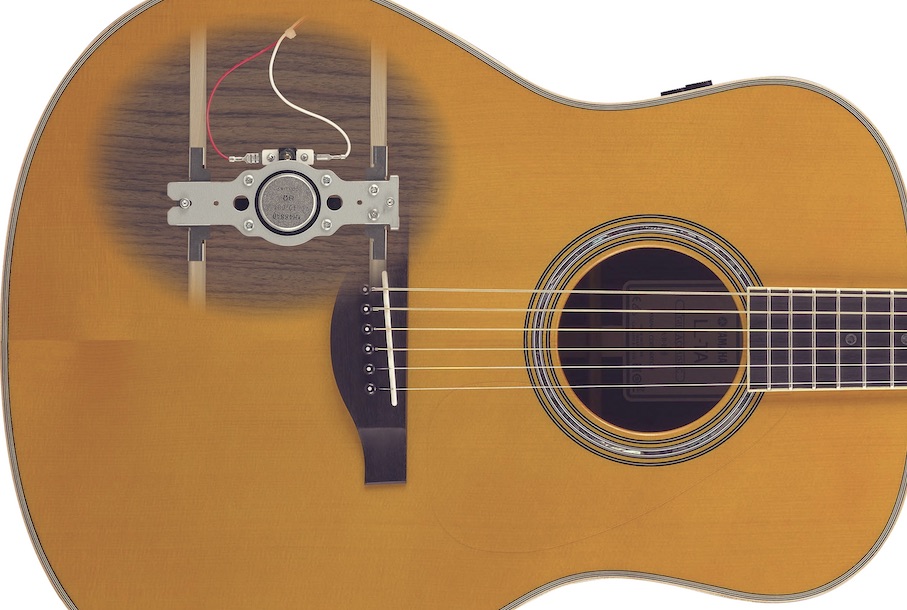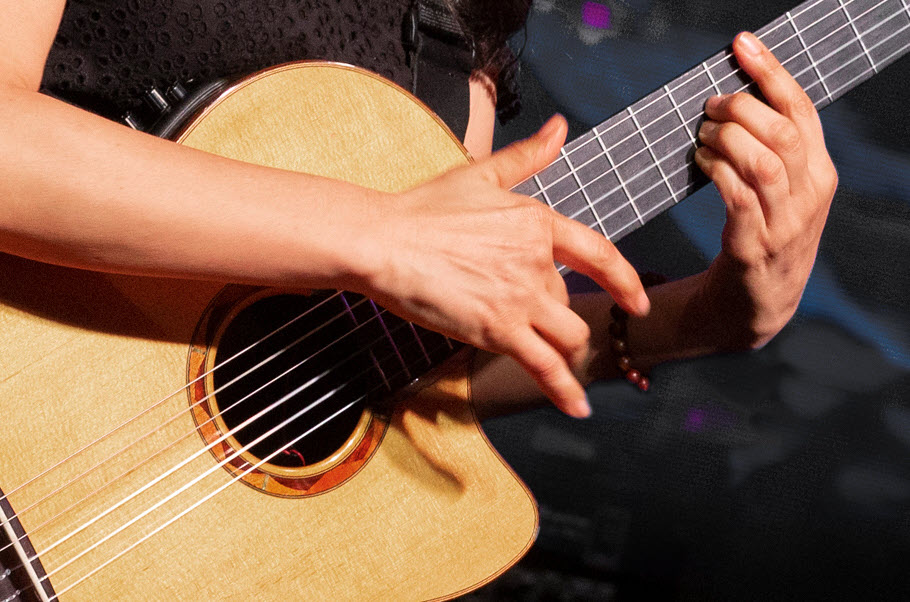Nylon TA on TV
An out-of-the-box encounter that was truly inspiring.
Recently, I had a unique experience with the Yamaha CG-TA classical TransAcoustic nylon-string guitar. Flamenco guitarist Hernan Romero (he’s worked with Al DiMeola, Stevie Nicks and The Guitar Trio, among others) and I literally took a brand new CG-TA out of the box, tuned it up and immediately started recording some television cues.
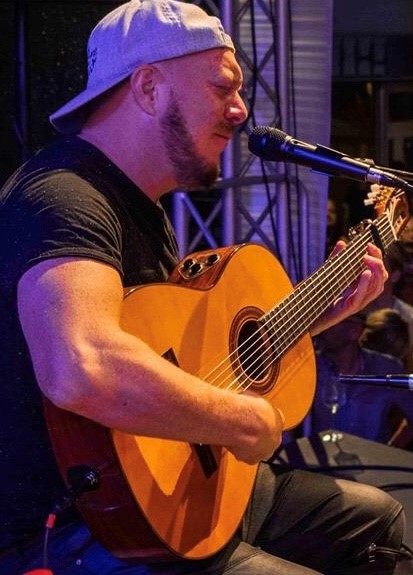
What made this especially fun is that Romero, despite being a veteran guitarist with many different nylon, classical and flamenco-style guitars in his arsenal, had never had the TransAcoustic experience before. Like the other guitars in this series, the CG-TA can produce astonishing chorus and reverb effects in the air … without the need for an amplifier. (For more information about how this remarkable system works, click here.)
The look on his face was priceless!
Within a few notes, Romero was struck by not only the comfortable feel of the instrument, but by what was coming out of the sound hole. “It was immediately inspiring,” he told me later. “I had never heard a guitar that had adjustable reverb and chorus projecting from the sound hole! The fact that it sounded this good, and that it was a nylon guitar, made me want to start tracking right away.”
The CG-TA is not shy on quality features. It includes an Engelmann spruce top, ovangkol back and sides, nato neck wood, a flat radius classical neck shape with rosewood fingerboard and 25.5″ scale length, gold tuning machines, a rosewood bridge and urea nut, and a saddle with a 2″ width.
Since I own a CG-TA acoustic guitar and have previously blogged about how I like to record its effects, I decided to approach this recording in the same fashion, using both the built-in pickup and an external microphone. This allows me to adjust between the two, as needed, when it’s time to mix the tracks.
With the TransAcoustic reverb and chorus effects enabled and dialed in to Romero’s liking, I connected the 1/4″ output to one channel of my DAW and an omnidirectional Earthworks QTC-50 to the other channel. I then panned them to opposite sides in Romero’s headphone feed to give him a spacious “vibe.” Note that the TA reverb and chorus were not only captured by the microphone, but were also output via the DI signal.
Here are a series of audio examples so you can hear the actual tracks. The first audio file is the first rhythm pass with only the built-in CG-TA guitar effects. The DI signal is panned hard left and the microphone signal is panned hard right (you can also hear a little bleed from the percussion track playing in the headphones):
Here’s a brief snippet of the DI signal on its own. Again, this includes both the TA reverb and chorus effects:
Here’s that same snippet, but with the microphone on its own. Note that the effects are still heard because they are literally projecting out of the guitar’s sound hole:
Here’s the second pass in full, which adds the melody plus a light solo section. Here, the microphone is panned at 11 o’clock and the DI is panned hard right. To augment the CG-TA chorus and reverb, I also added a touch of delay and chamber reverb to the signal using plug-ins in my DAW:
Here’s a mix of the two passes:
Lastly, here’s the final mix of the entire track, including both guitar passes plus accompanying bass, drums and percussion:
Impressed? So was Romero. In fact, he was so inspired by the sound of the CG-TA that he took the guitar home with him after the session. Wish me luck in getting it back!
Photo courtesy of Romero.
Click here for more information about the Yamaha CG-TA Classical TransAcoustic Nylon guitar.









